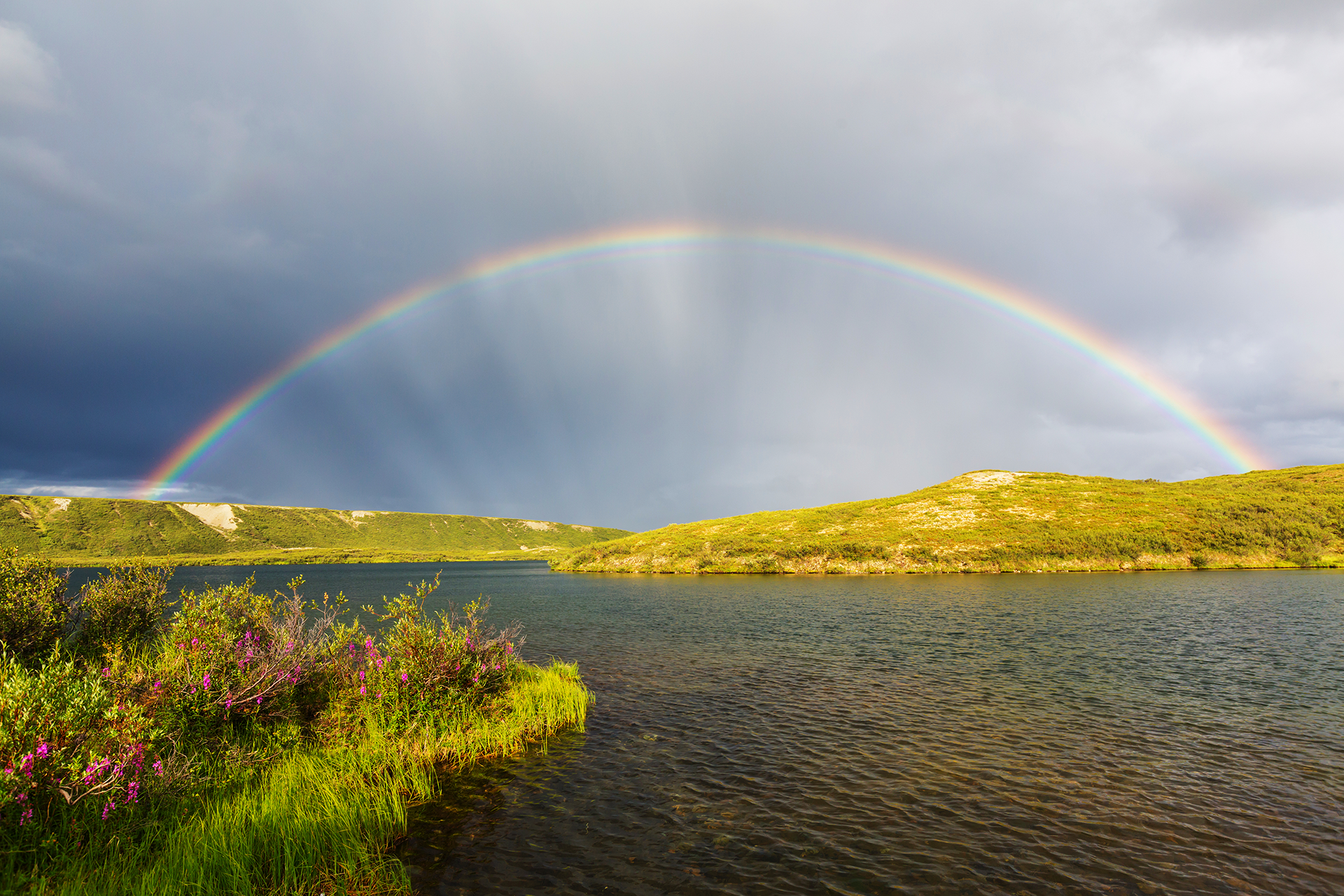Most of us spend over 90% of our lives indoors, creating what experts call a “nature deficit disorder” – a disconnection that contributes to stress, anxiety, and diminished wellbeing. Our ancestors evolved in constant communion with the natural world, but modern life has erected barriers between us and this essential relationship. The consequences manifest in various ways: increased stress levels, diminished attention spans, and a general sense of disconnection. Yet, research consistently shows that even brief exposure to natural environments can significantly improve mental health, cognitive function, and overall happiness. The challenge lies not in understanding the importance of nature, but in finding practical ways to incorporate it into our busy lives.
“Self-awareness is not just relaxation or withdrawal; it is the capacity to observe how you interact with all the details of your life.” Jiddu Krishnamurti
Similar to Brett Larkin’s 40 Day Kriya Challenge, which transforms yogic practice through consistent, manageable daily sessions, developing a nature connection follows the same principle. You don’t need to embark on a weeklong wilderness retreat or relocate to a remote cabin to benefit from nature’s healing properties. The key lies in consistency and intention, not duration or intensity. By dedicating just 15 minutes daily to mindful nature engagement, you create a cumulative effect that gradually reshapes your relationship with the natural world. These micro-practices work by activating your senses, quieting your analytical mind, and creating space for the type of awareness that allows genuine connection with your environment.
The most effective way to begin your nature practice involves deliberately engaging all five senses. When we walk through a park while checking emails or thinking about our to-do lists, we miss the opportunity for genuine connection. True nature engagement requires presence. Notice how different this feels: step outside and consciously listen to bird songs, feel the texture of tree bark beneath your fingertips, observe the intricate patterns of leaves, inhale the scent of soil or flowers, and perhaps taste wild berries or herbs (only those you can safely identify, of course). This multi-sensory approach activates different neural pathways than those used during screen time and analytical thinking, creating a distinct mental state that research shows produces alpha brain waves associated with relaxation and creativity.
As your daily 15-minute practice deepens, you’ll begin developing what naturalists call a “personal nature language” – your unique way of relating to and understanding the natural world. Perhaps you’ll become attuned to the subtle changes in birdsong throughout the seasons, or develop an eye for identifying local plant species. This growing ecological literacy isn’t about academic knowledge but about relationship building. When you recognize individual trees in your neighborhood or notice the first spring flowers emerging, you’re creating meaningful connections that enrich your experience of place. This sense of familiarity and belonging counters the anonymity and placelessness that characterizes much of modern life, providing a grounding effect that many find profoundly comforting.
A crucial aspect of developing nature connection involves embracing all weather conditions and seasons. Many of us have developed what some environmental psychologists call “weather phobia” – a reluctance to engage with anything but perfect conditions. However, some of the most profound nature experiences come during rain showers, light snowfalls, or misty mornings. Each weather pattern offers unique sensory experiences and beauty. The sound of raindrops on leaves, the particular quality of light during a snowfall, or the intensified scents after a summer shower can create memorable moments of connection. By gradually extending your comfort zone to include various weather conditions (while always prioritizing safety), you’ll discover the rich diversity of experiences the natural world offers throughout the year.
Eight 15-Minute Nature Connection Practices
- Sensory Scavenger Hunt – Find something interesting to touch, smell, see, hear, and potentially taste (like safe edible plants) during a short outdoor walk.
- Cloud Watching Meditation – Lie on your back and observe cloud formations, allowing your mind to find patterns while practicing non-attachment as they shift and change.
- Barefoot Grounding – Remove your shoes and walk slowly on grass, soil, or sand, focusing on the sensations and subtle differences in texture and temperature.
- Sit Spot Practice – Visit the same natural location daily, observing changes and developing familiarity with the plants, animals, and patterns specific to that place.
- Tree Communication – Spend time with a single tree, observing its details, touching its bark, and practicing sending and receiving energy through mindful breathing while leaning against it.
- Dawn/Dusk Transition Witnessing – Deliberately observe sunrise or sunset, noting the changing light qualities and how wildlife behavior shifts during these transition times.
- Micro-Photography Walk – Use your phone camera to capture extreme close-ups of natural elements that would normally escape notice, like lichen patterns, insect details, or water droplets.
- Weather Embracing – Intentionally experience different weather conditions, from light rain to windy days, noting how each affects your senses and the environment around you.



































